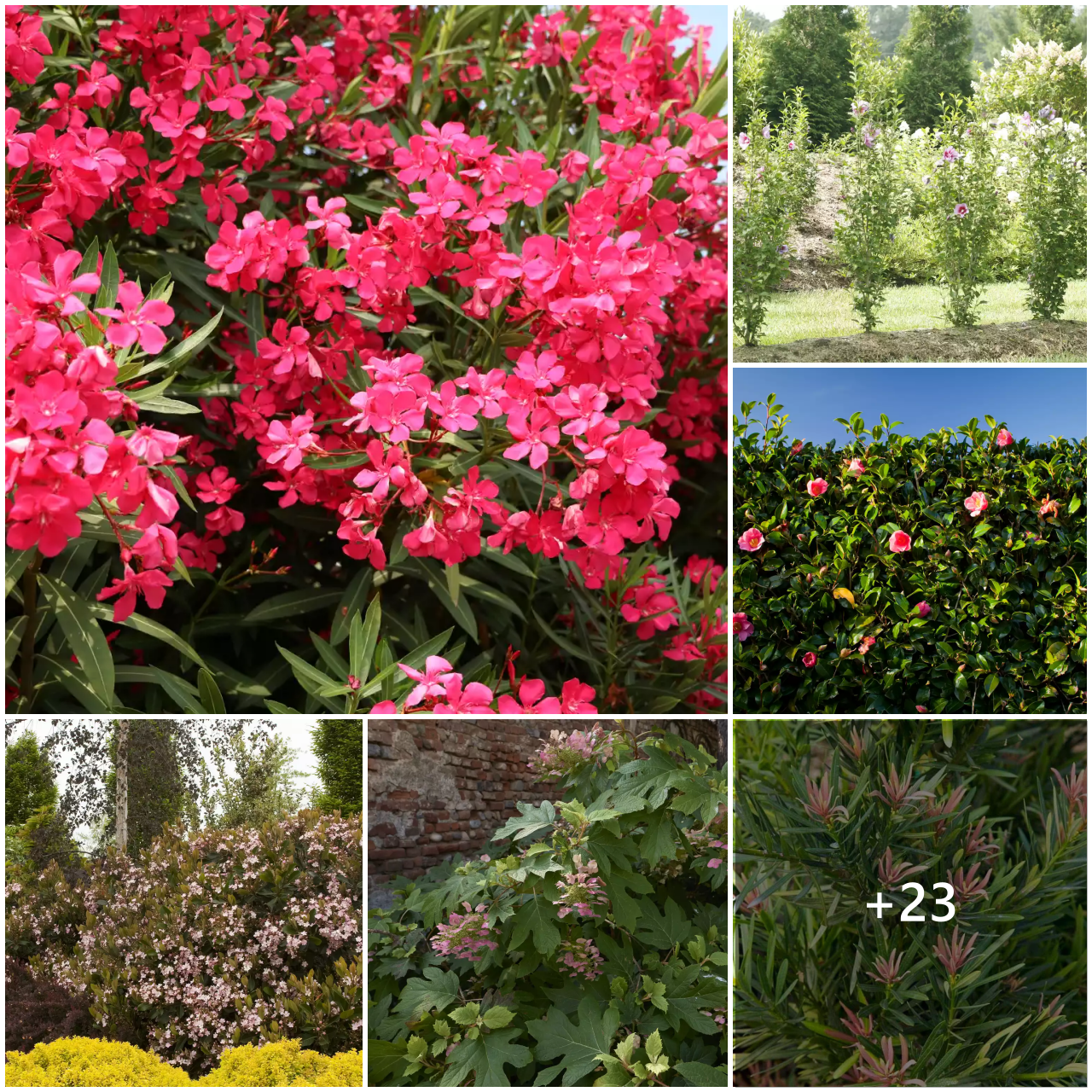Create extravagantly lush shady spaces with climbing plants and flowering vines.
It is the season for lounging in the shade! Increase your relief by growing shade-loving climbers and blooming vines.
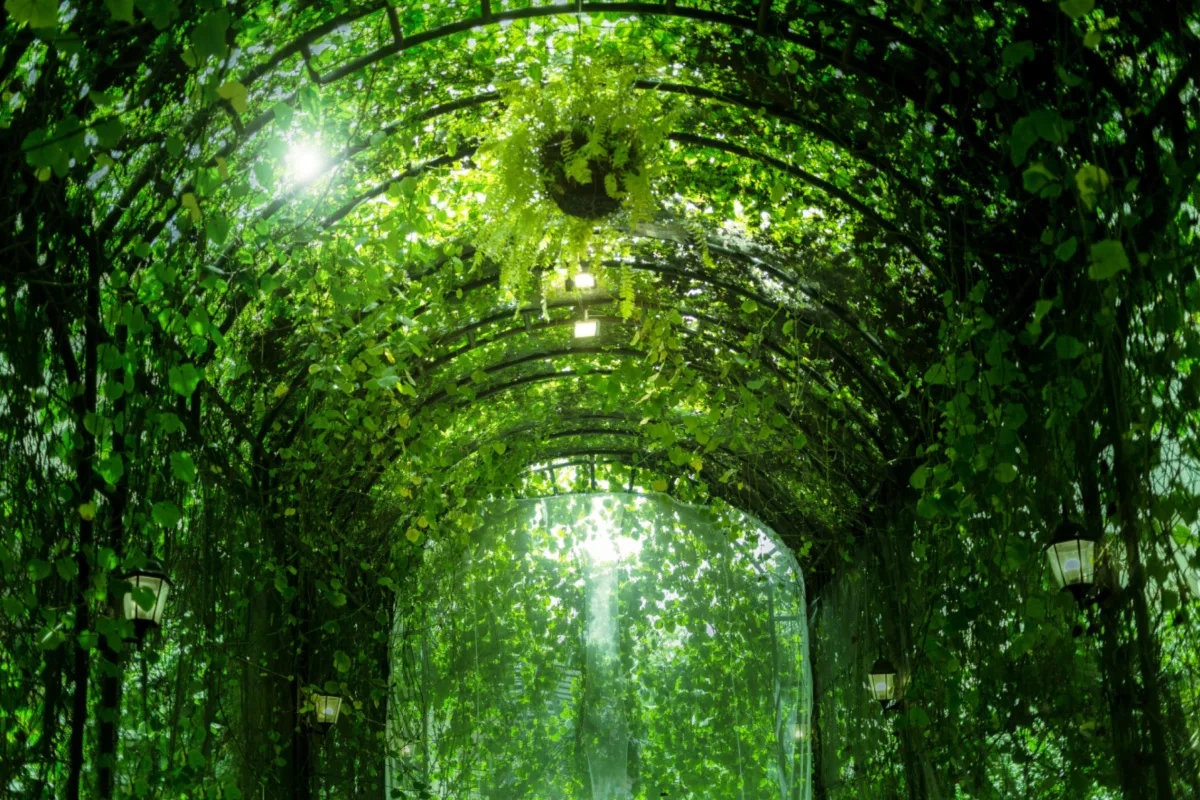
The breeze through the leaves, the fragrance of the blossoms, the ice tinkling in the glass, pure heaven.
Use vertically inspired, shade-loving climbing plants to help define outdoor living spaces. Here are other great ways of creating an outdoor living room.
For those in hot, dry climates, creating shady spots in the garden is a well-rewarded endeavor. These areas are perfect for planting climbing plants and flowering vines that thrive in the shade.
Some flowering vines and climbing plants are fast-growing plants that do double duty by creating even more shade!
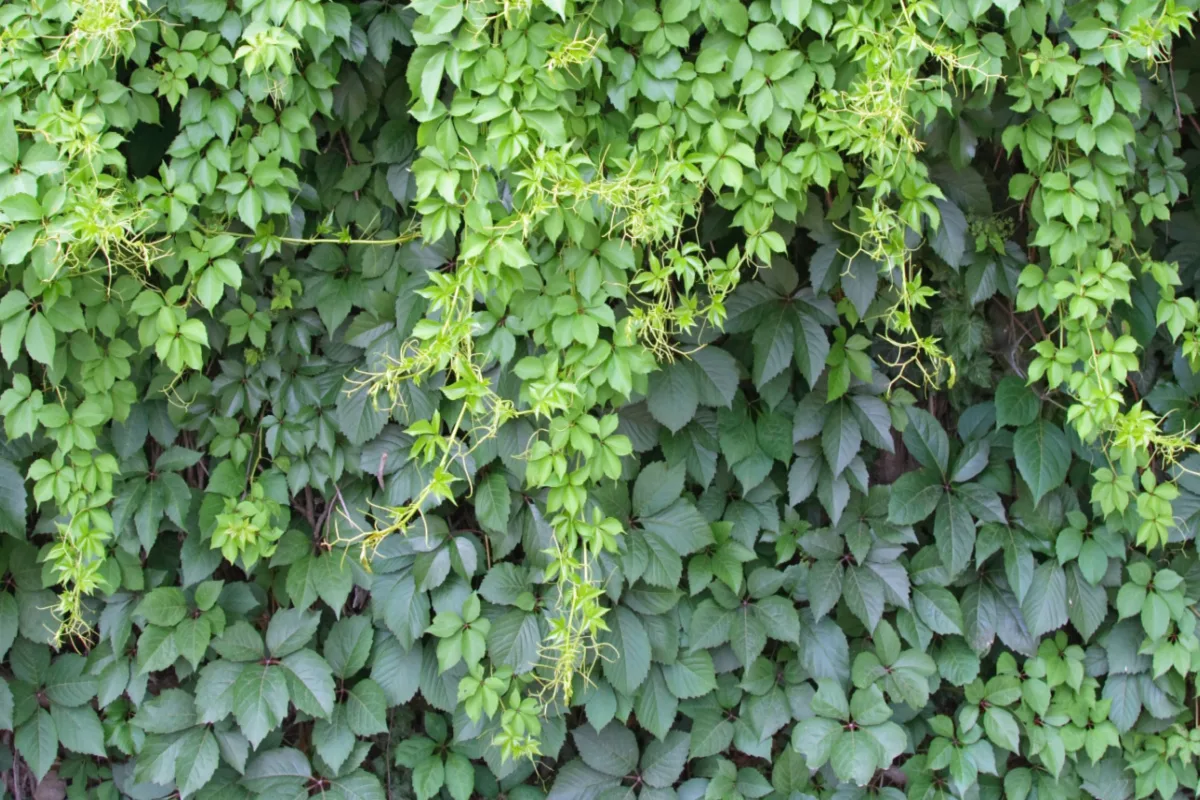
Shade-loving vines and climbing plants are perfect for the north or east sides of structures, particularly in hot zones.
Like most plants, abundant flowers and fall color are often improved in sunny spots. Plants on this list are potentially more demure than their sunny counterparts but shine better than most in the shade.
Vines and climbers, such as Trumpet Vine, tend to love wet soils. In lush climates or perfect conditions, some vines can become overly aggressive.
While we love the vigorous nature of vines, take care to pick climbing plants that are not invasive in your region.
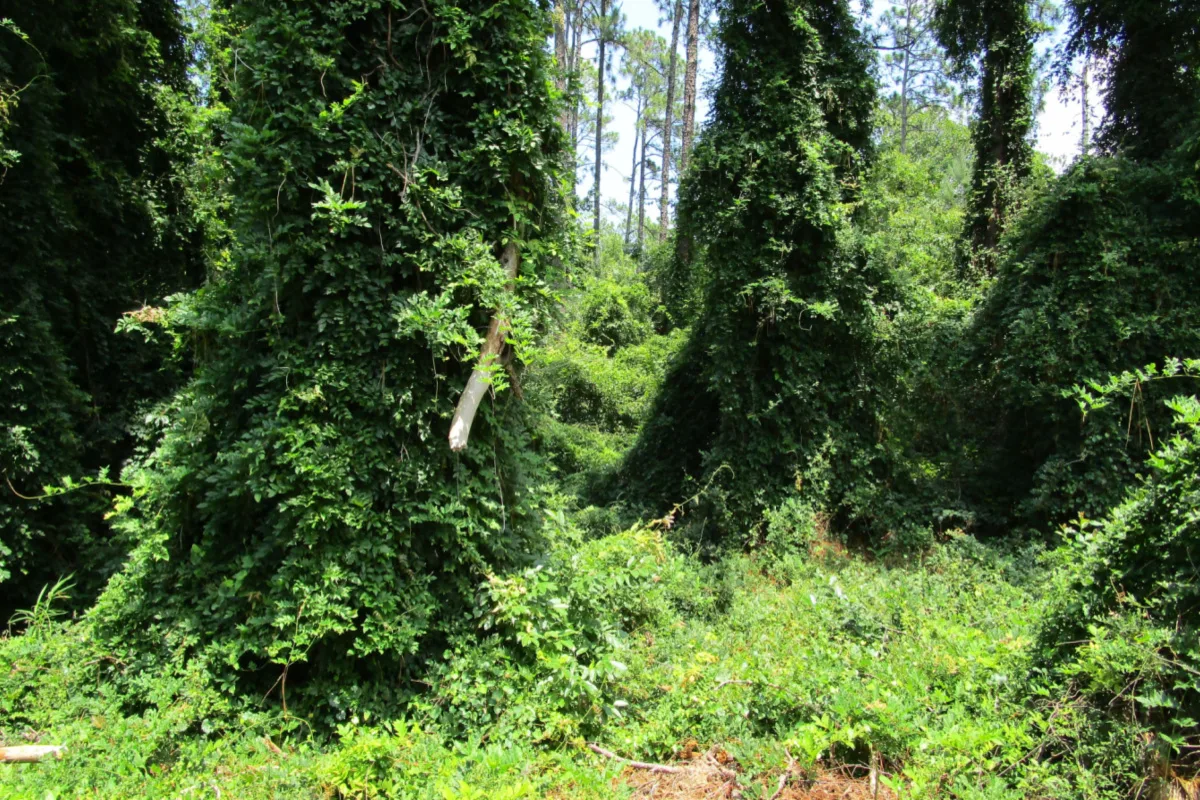
Love the look of structures smothered in greenery? Vines such as Boston Ivy and Virginia Creeper can create a long-term ‘living siding’ that can even make your home more efficient.
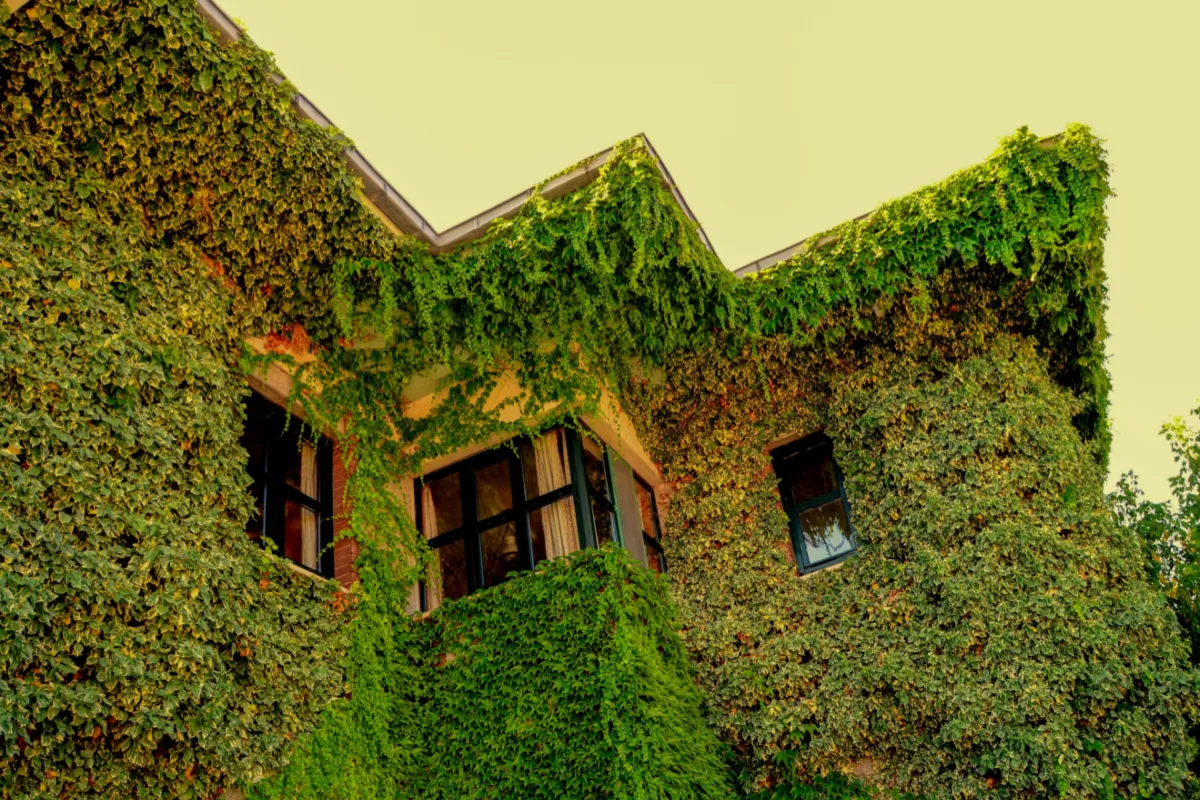
Some vigorous vines like English Ivy, however, can damage structures of wood and even brick. Take note to plant these vines away from foundations and structures. It may be best to avoid them or choose less aggressive alternatives.
Vigorous growth accumulates in hefty-weighted climbers! Be sure to supply substantial support for the best results.
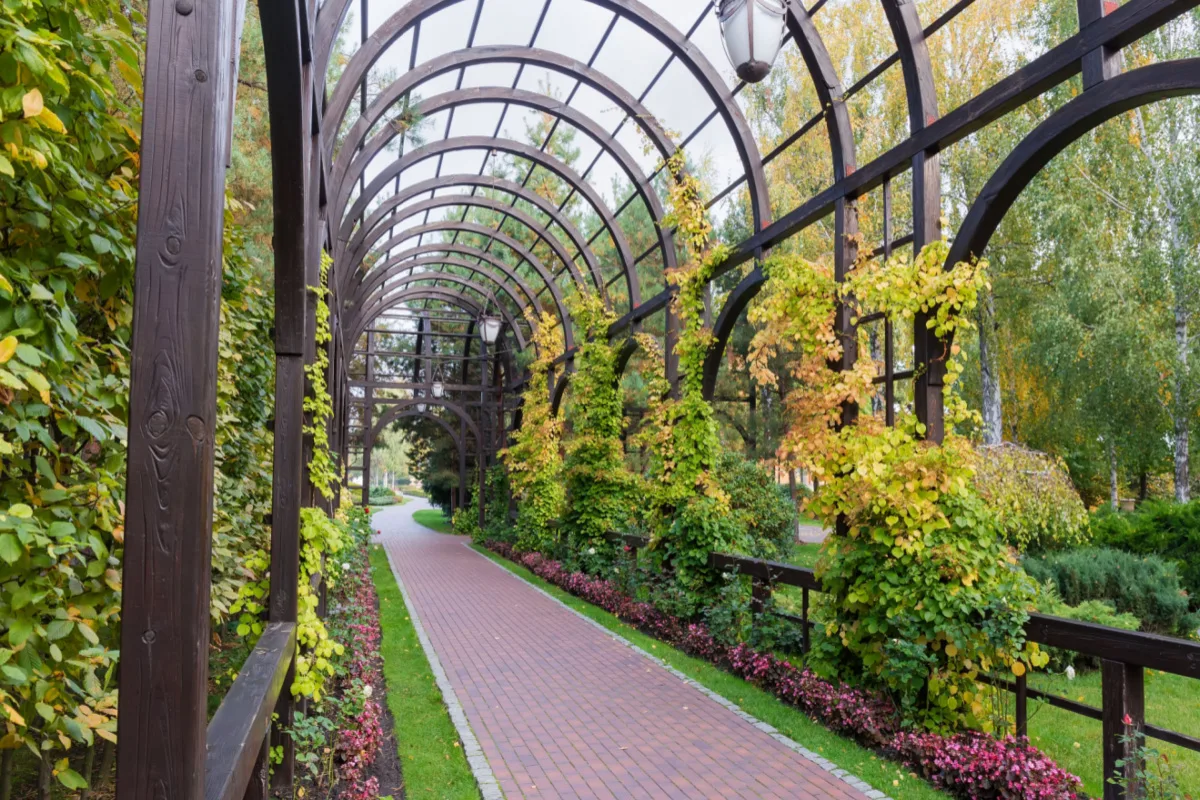
Even in the shade, there are many blooming vine options, like shade-loving Clematis varieties, that are known for their tidy, good behavior.
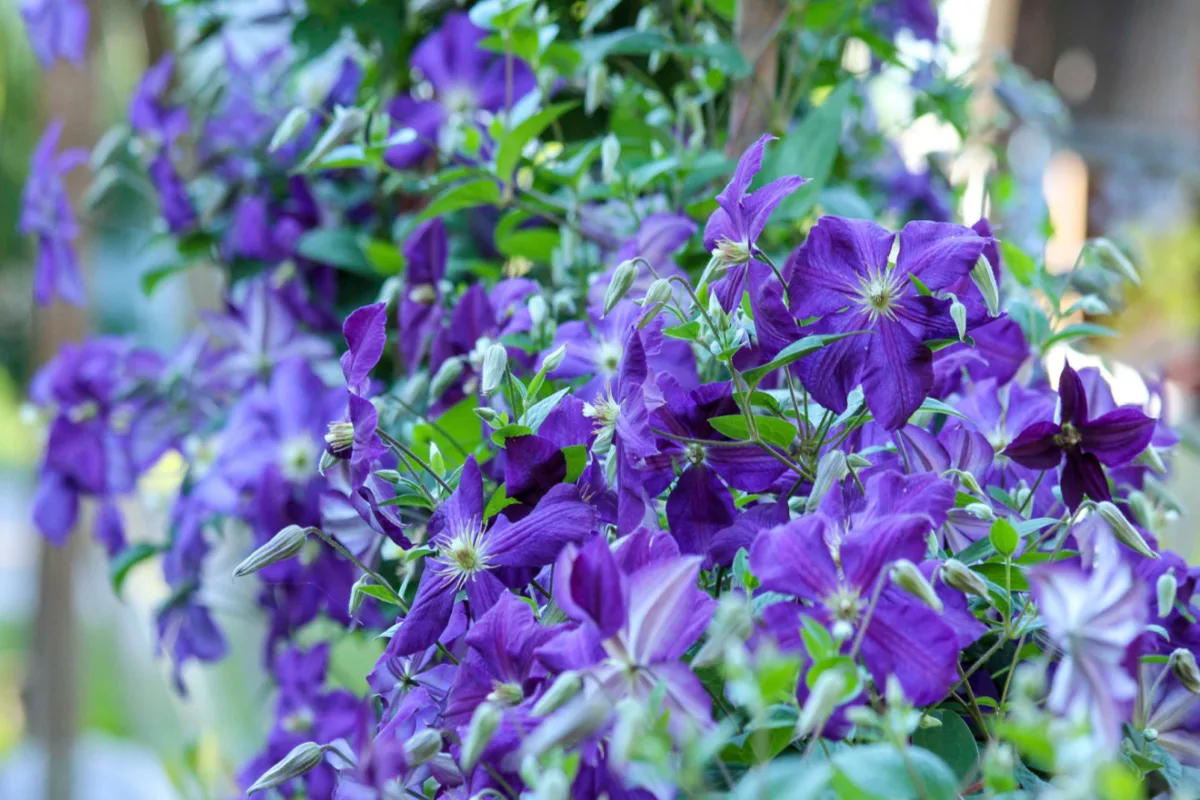
Vines and climbing plants may require training and attaching to structures. They may be twining vines that weave their way around supports, or they may have aerial roots that wrap themselves up and around and through structures.
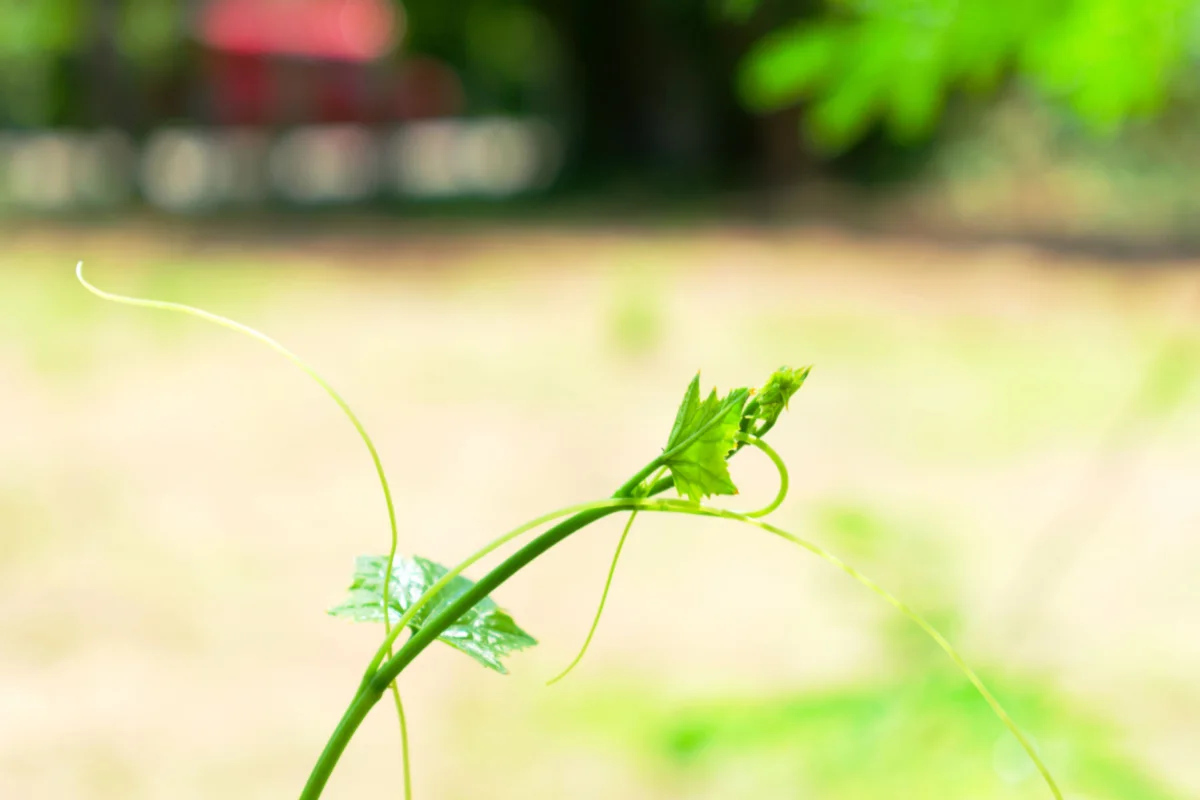
Sometimes the native species of your favorite vine is more polite. This is the case for honeysuckle as well as wisteria.
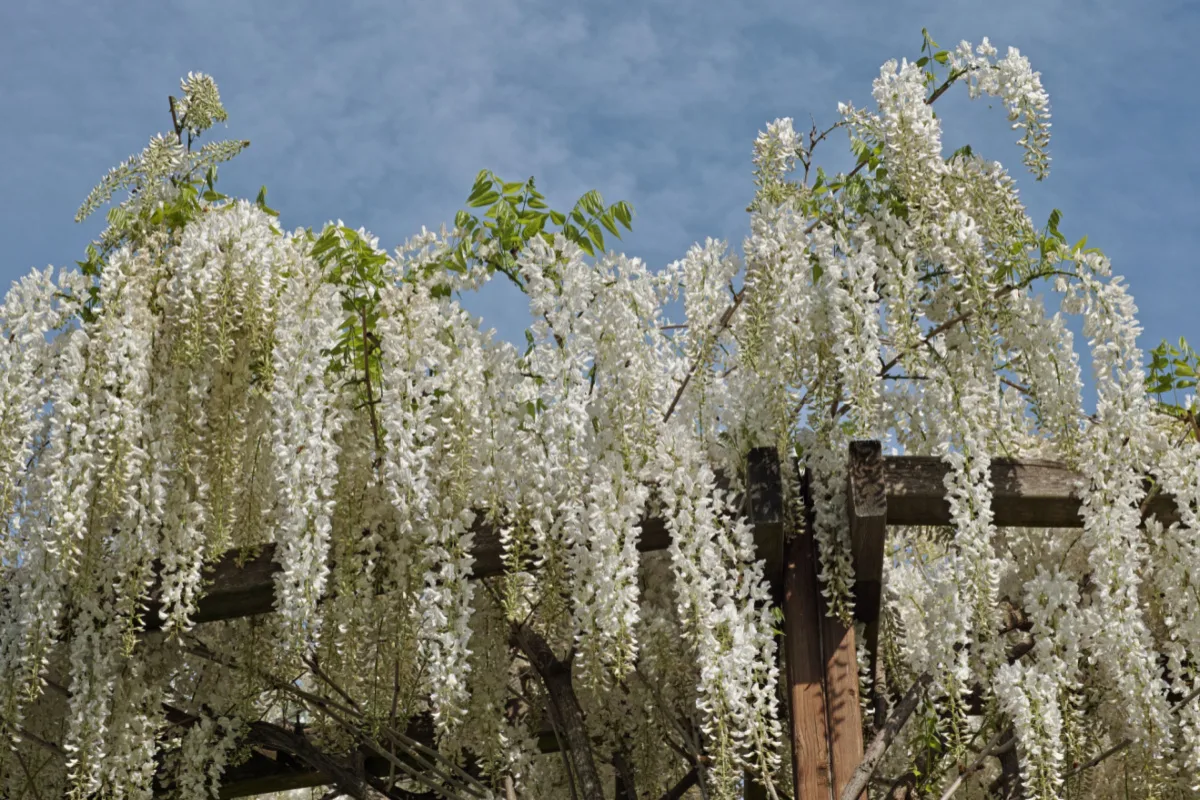
While Chinese Wisteria thrives in the shade, its invasiveness and risk to native species preclude it from joining this list. The American Wisteria, while less invasive, thrives in full sun and needs sun to set its pendulous flowers.
Native climbers, blooming vines, as well as a great variety of climbing vines attract pollinators to the blooming backyard.
The best Honeysuckle to grow in the shade is Lonicera periclymenum. Of European origin, notable cultivars are L. ‘Graham Thomas’ and L. ‘Serotina’.
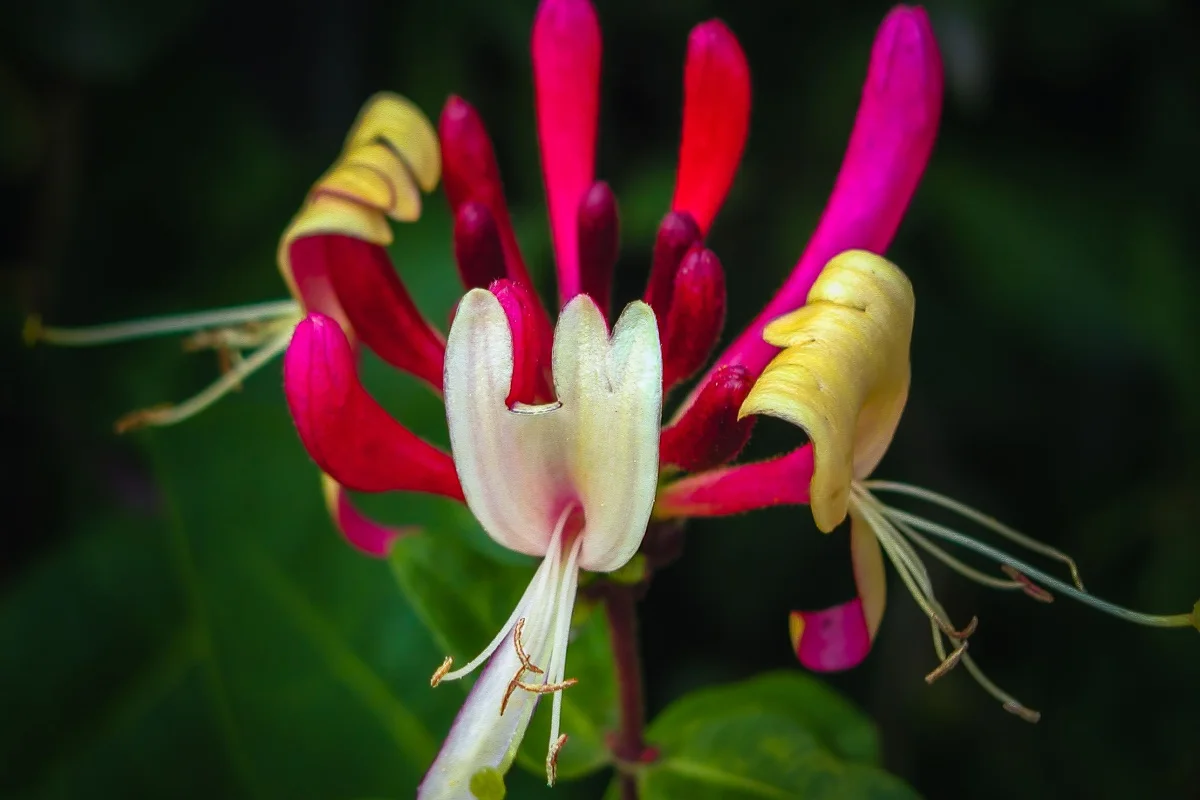
An alternative native to western North America is L. ciliosia, which blooms trumpets of orange in spring.
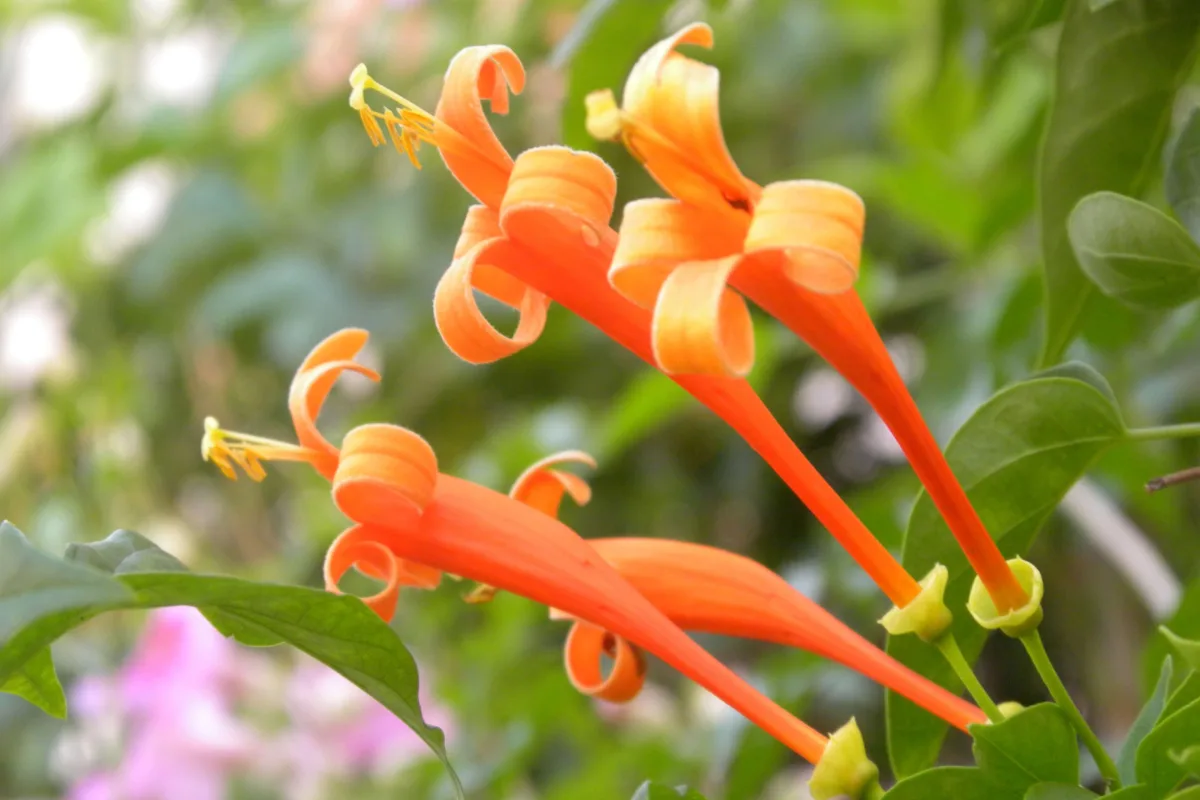
A red-blooming Honeysuckle native to eastern North America is L. sempervirens or Scarlet Honeysuckle.
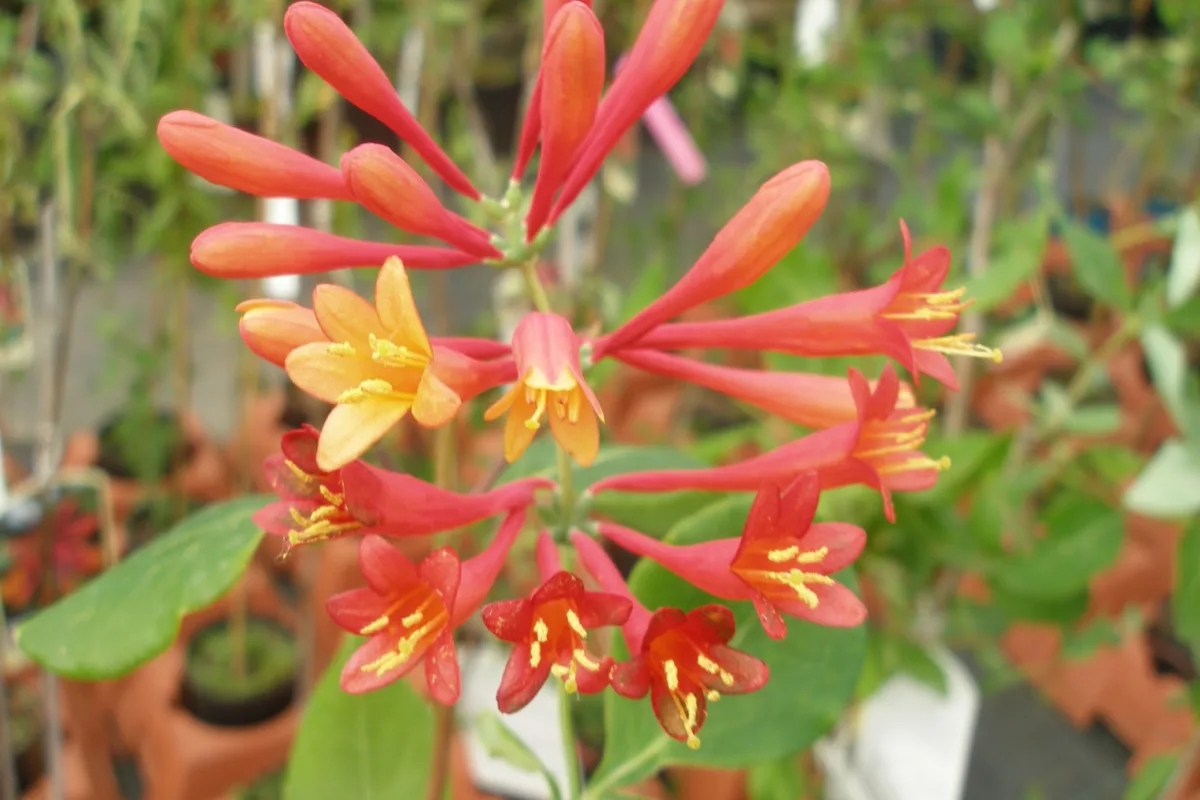
Another recognizable white-blooming Honeysuckle is the invasive Japanese Honeysuckle, L. ‘Japonica’, which is edible and medicinal but not highly recommended due to its aggressiveness.
Honeysuckle loves cool, moist soils and grows up to 20 feet in zones 4 to 8-10, depending on the variety.
Honeysuckles are wildlife magnets that attract abundant hummingbirds as well as warblers and thrushes.

Climbing Hydrangea blooms abundant heirloom Lacecap Hydrangea flowers in vintage white in spring and summer.
The massive 40-to-60-foot plants take a few years to get going but once established, they create a revered legacy art piece in your landscape.
For this long-lived climber, provide ample soil amendments for deep, moist, rich, and well-draining growing conditions and strong supports.
Plant Climbing Hydrangeas in zones 4 to 8 in a north or east sheltered position with plenty of shade.
To get the most Hydrangea blooms, check out 10 Secrets to Get More Blooms from Your Hydrangeas.
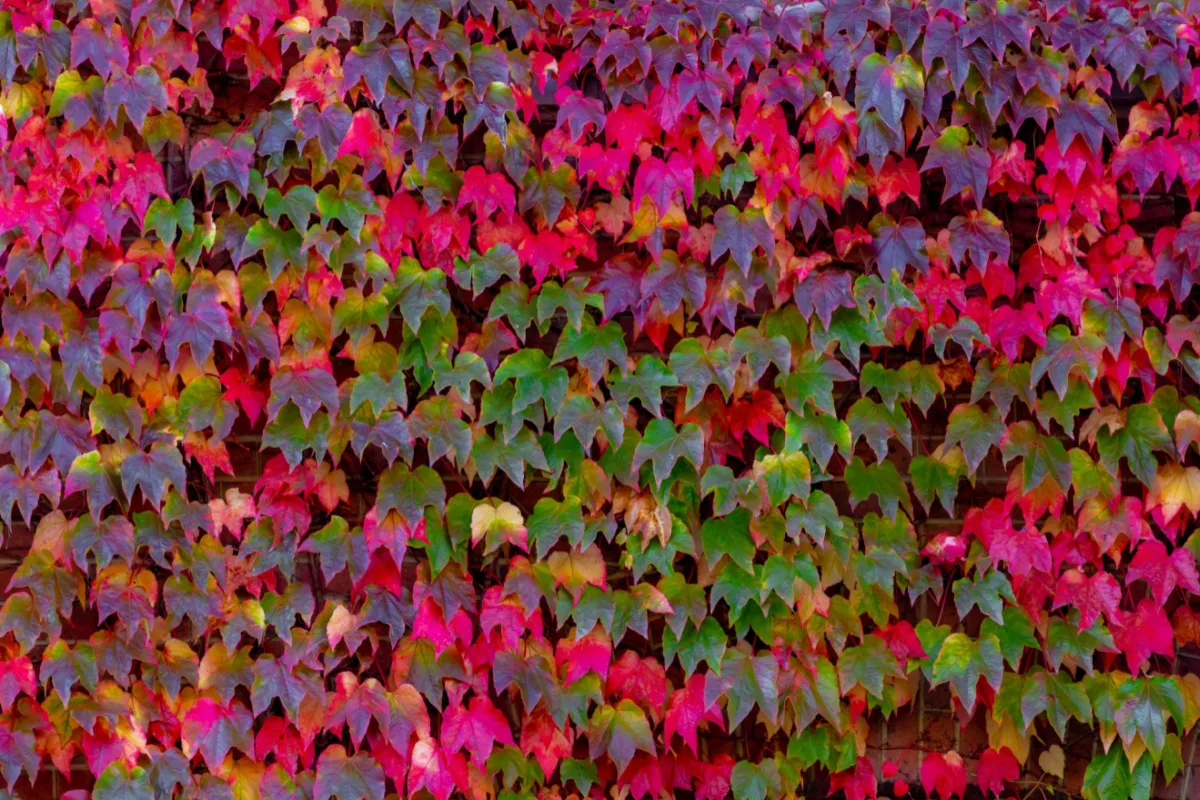
For fawning over fabulous foliage, Boston Ivy gently adheres itself to structures forming majestic waves of vegetation.
Inconspicuous flowers in spring develop into bird-feeding berries in autumn.
At maturity, Boston Ivy grows 30 to 50 feet long in zones 4 to 8 creating the feel of long-earned establishment.
Boston Ivy thrives in shade with cultivars in a range of foliage colors. Fall color will be deepest in branches that reach sunny spots.
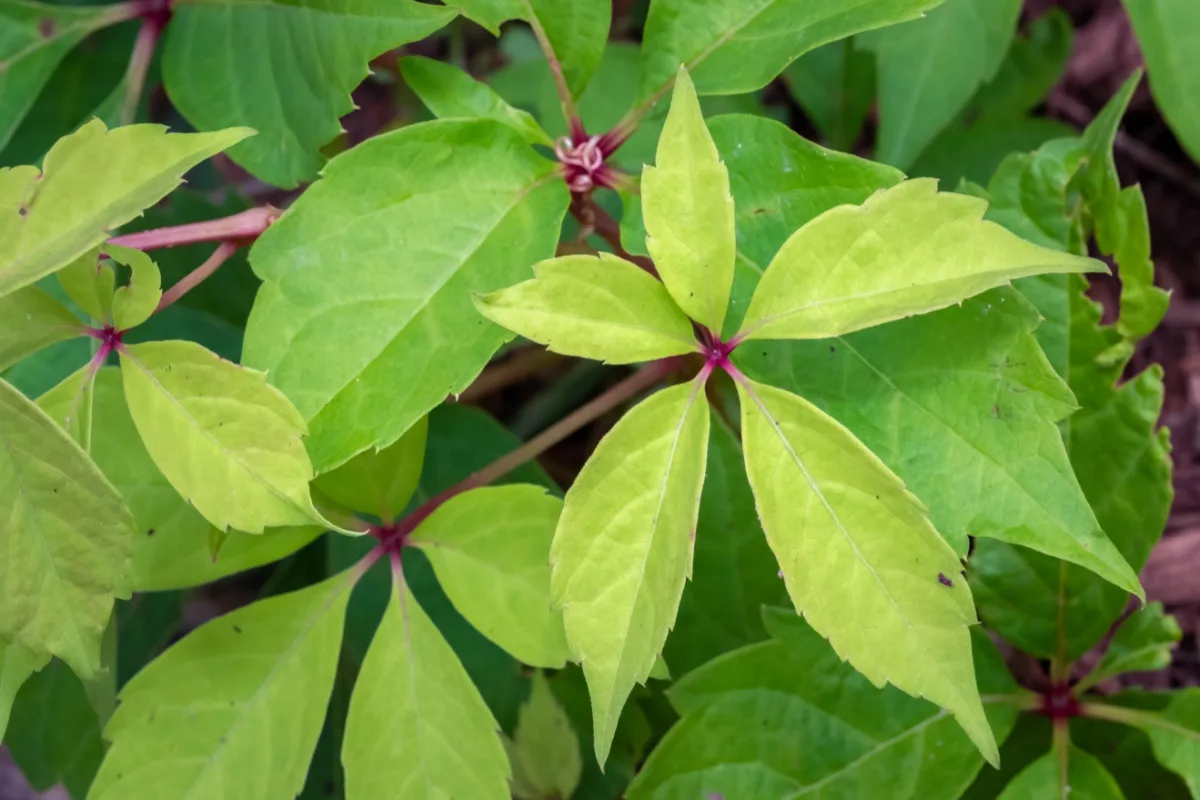
A five-leaved version of Boston Ivy, Virginia Creeper is a favorite of mine, remembered for shambling all over my Nana’s house.
Like Boston Ivy, Virginia Creeper loses its leaves in winter, showing off its intricate arteries of branch works over its host structure.
The brightest fall color remains on leaves that reach the sun, but lush layered growth is spectacular in shady spaces.
Hardy in zones 3 to 10, Virginia Creeper tolerates training, pruning, and most types of soils, reaching 30 to 50 feet at maturity.
Sweet Autumn Clematis, C. ‘terniflora’, native to Japan, has creamy white blossoms from summer to fall, blooming even in the shade.
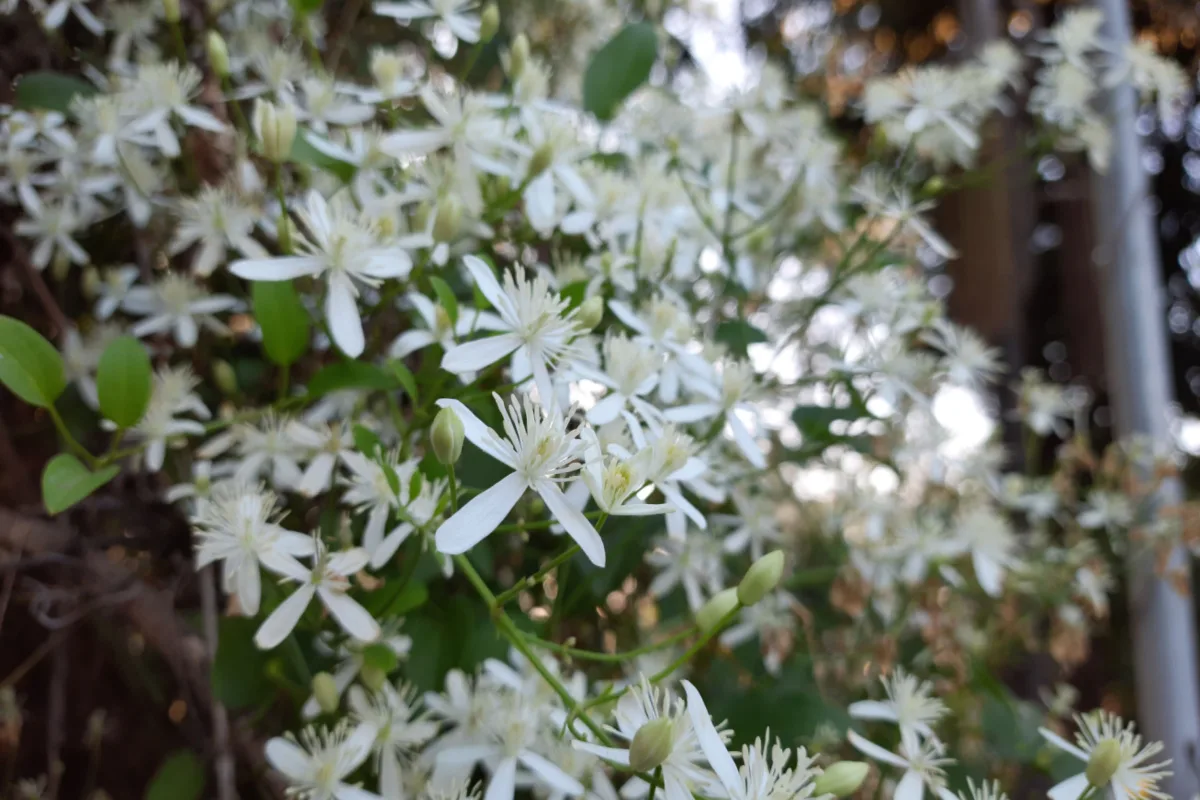
A Clematis variety known for its shade-loving habit is Clematis ‘Nelly Moser’ whose vibrant blossoms bleach out in the sun.
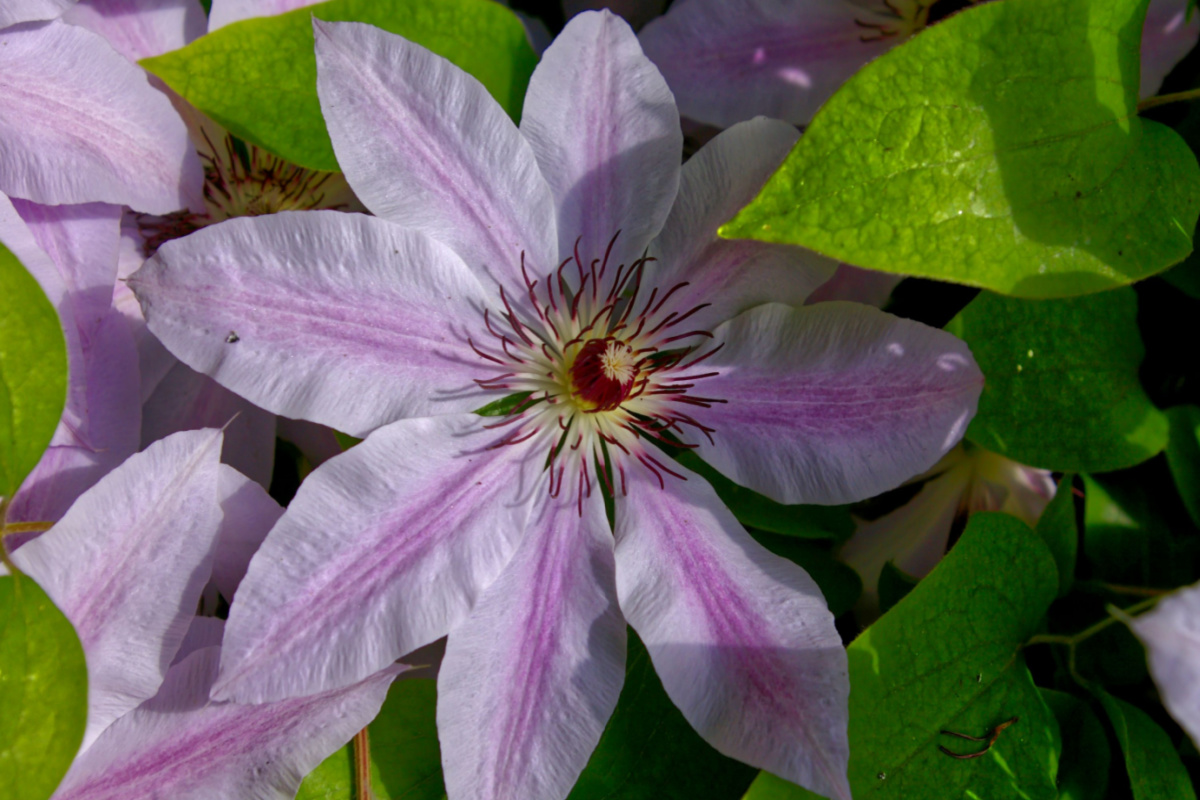
For a spectacular fairy-tale woods feel, the North American native, C. ‘occidentalis’ blooms enchanting four-petaled pendulous blooms on delicate tree-climbing vines.

Ranging by variety, Clematis grows 4 to 30 feet tall in zones 4 to 9 with spectacular leathery blossoms in a range of white, red, and purple hues.
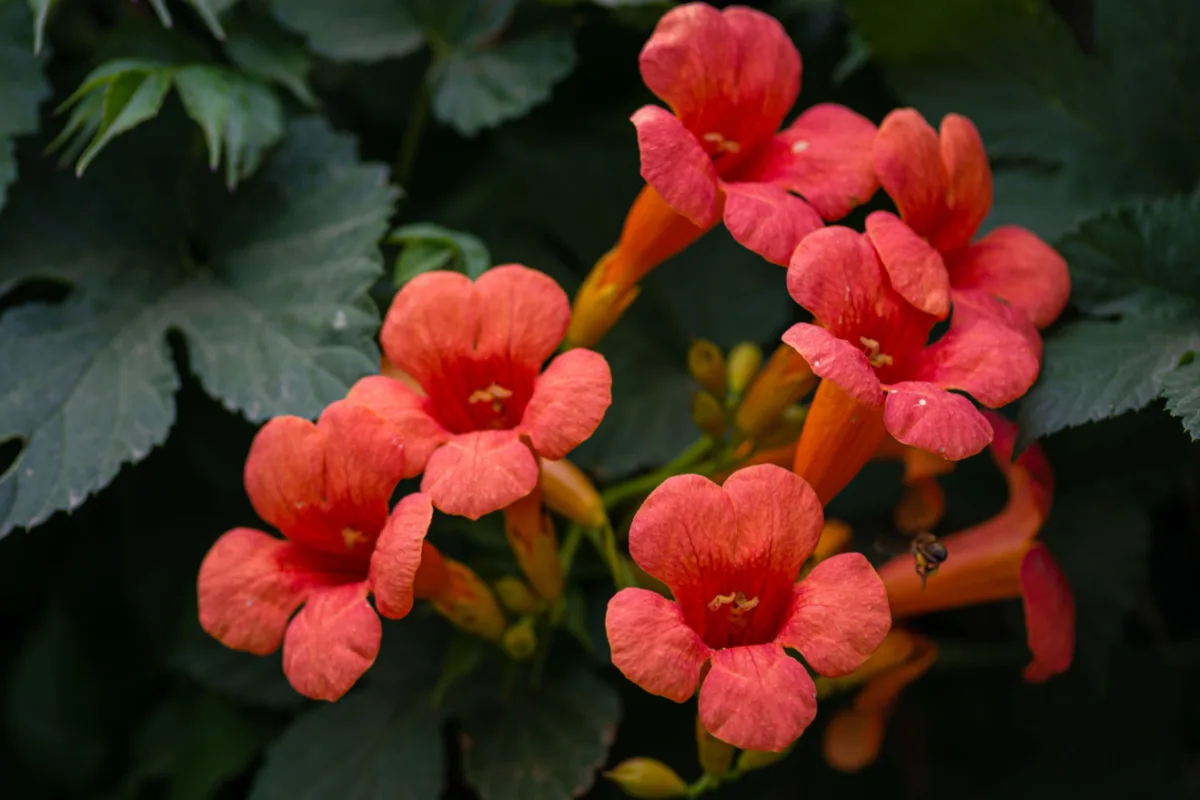
A bit of a conundrum, Trumpet Vine is a native plant of Southeast US loved by pollinators and hummingbirds.
However, outside of its range, it can escape cultivation and out-compete less aggressive plants.
Not only does Trumpet Vine thrive in the shade, but it is a plant that tolerates wet soils.
Blooming orange, red, or yellow in summer, Trumpet Vine grows 25 to 40 feet long in hardiness zones 4 to 9.
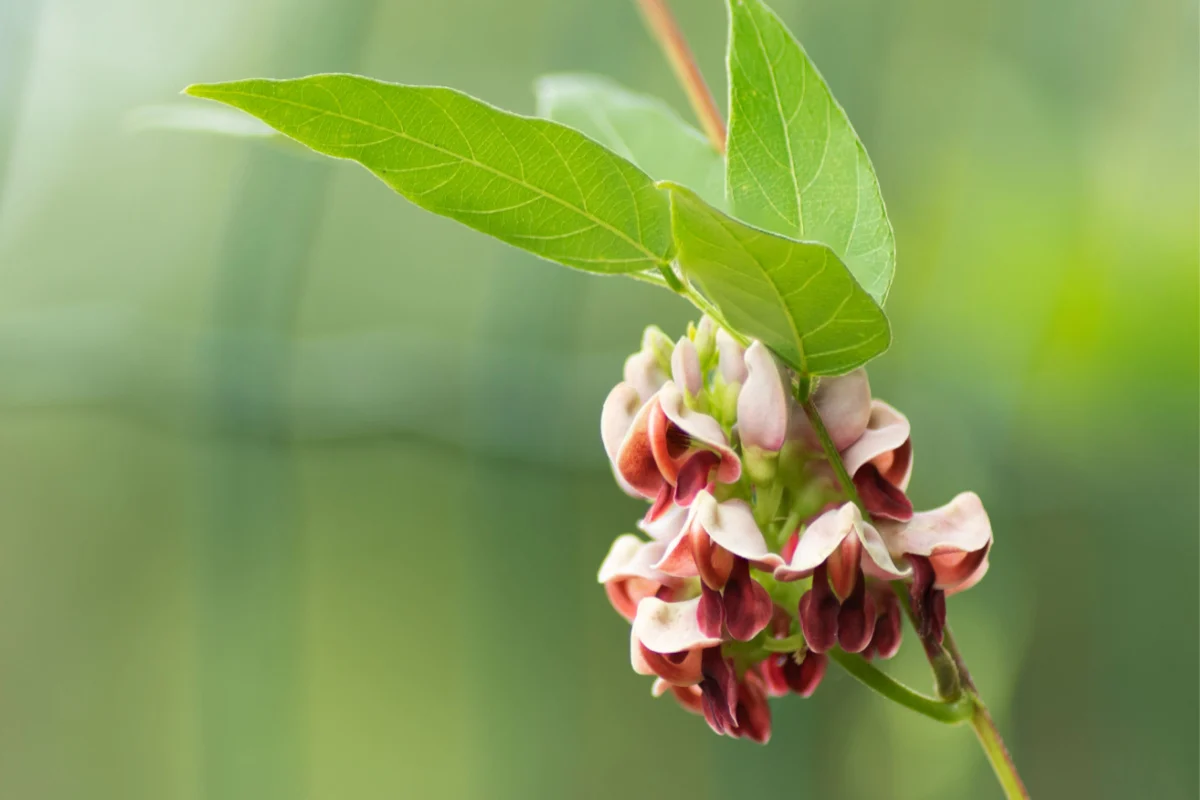
American Groundnut is a unique and interesting native plant that bears edible beans and large edible tubers.
Reaching 20 feet long, this vine has pea-like flowers in pink, purple, or rust that form large clusters in summer.
The preferred growing conditions for this perennial vine are in shade to part sun, found in forests from Southern Canada to Florida in zones 4 to 9.
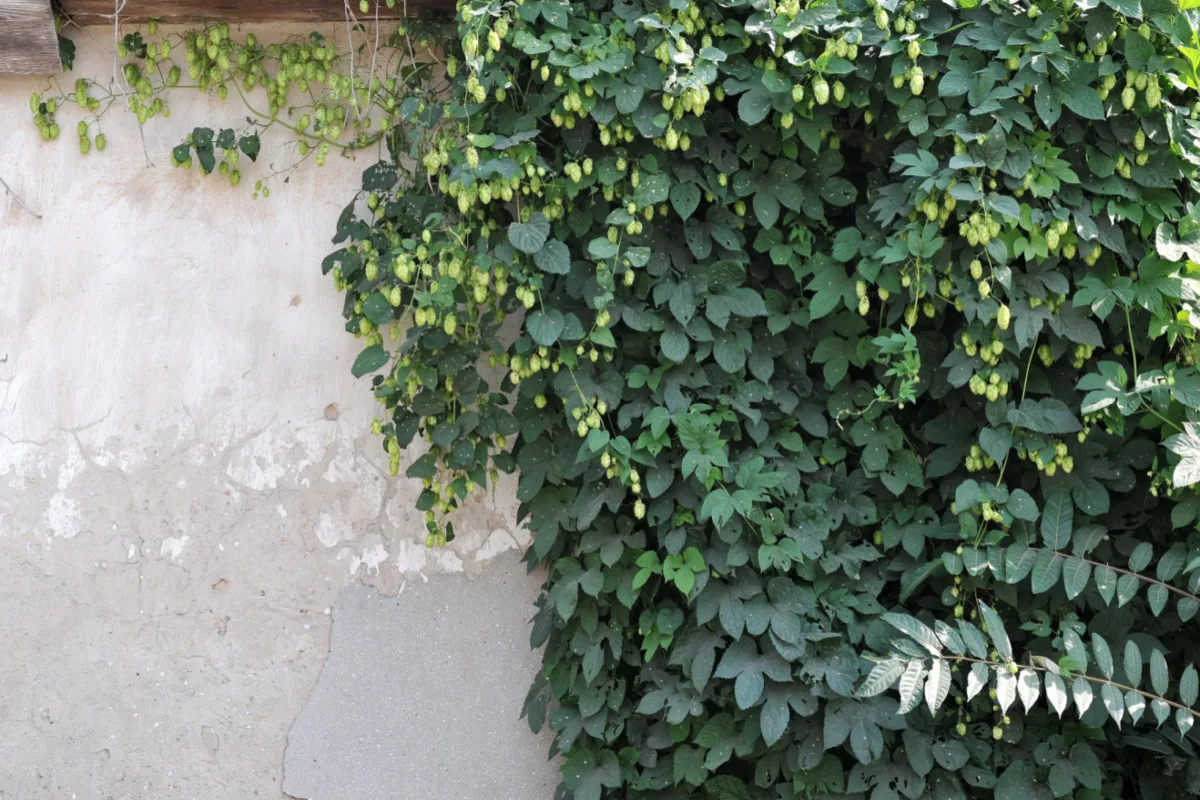
Normally hops are recommended for the sun. Sun helps the plant produce the fragrant hops fruit.
If you’re not inclined to harvest the fragrant hops this plant grows magnificently in shade.
The foliage smells delightful, and plants amass piles and piles of shade drenched deeply lobed golden to chartreuse leaves.
An herbaceous perennial, hops can be manicured or wild looking. They reach 20 feet tall in zones 4 to 8.
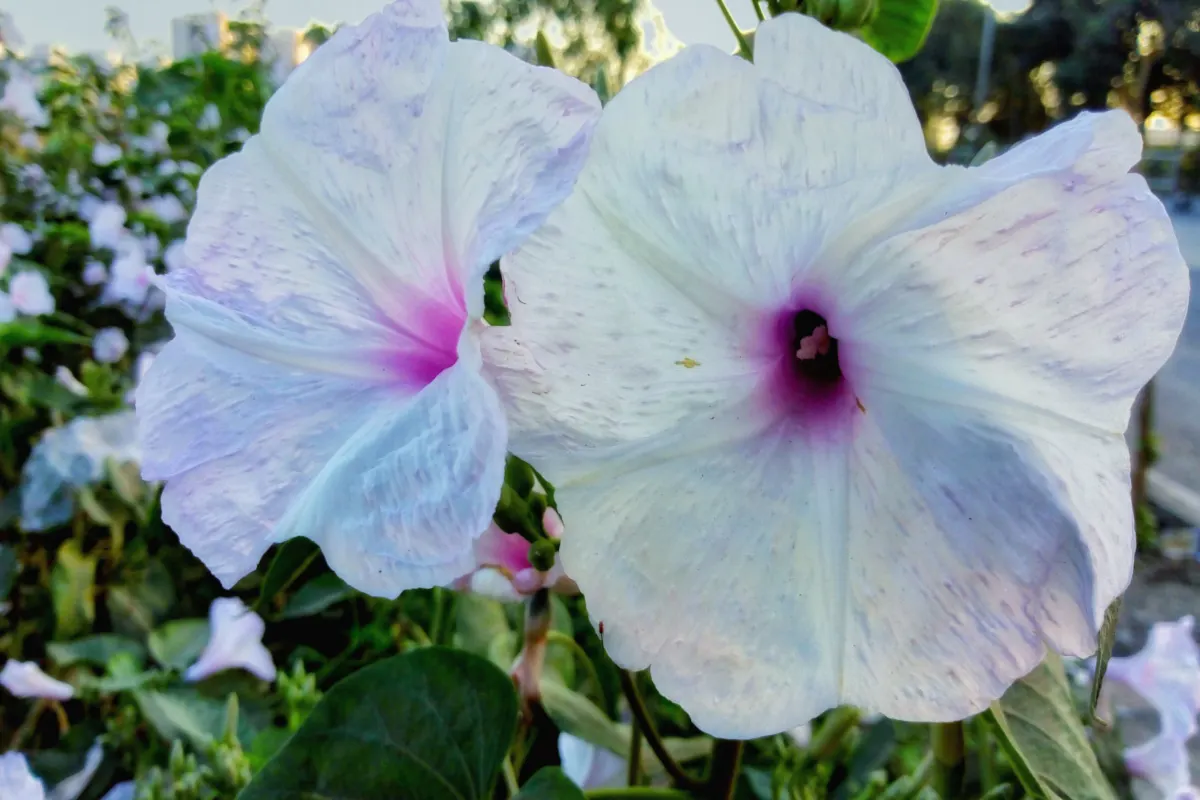
Vigorous enough to grow as an annual, this perennial vine is shade-loving and hardy in zones 6 to 8.
At maturity, Wild Potato Vine reaches 15 to 30 feet tall and is native to the US.
Loved by hummingbirds, showy hibiscus-like flowers are white with burgundy centers arriving spring through to fall.

This annual vine can make quick order of enveloping a space with delicious fragrance and charming color.
The delicate vines climb supports with curling tendrils reaching plant heights of 6 to 10 feet.
Obsession-worthy, Lathyrus odoratus are the scented varieties with a magnificent array of types, colors, and cultivars.
Blooming in summer through fall, Sweet Peas bloom in lavender, white, pink, red, and blue.
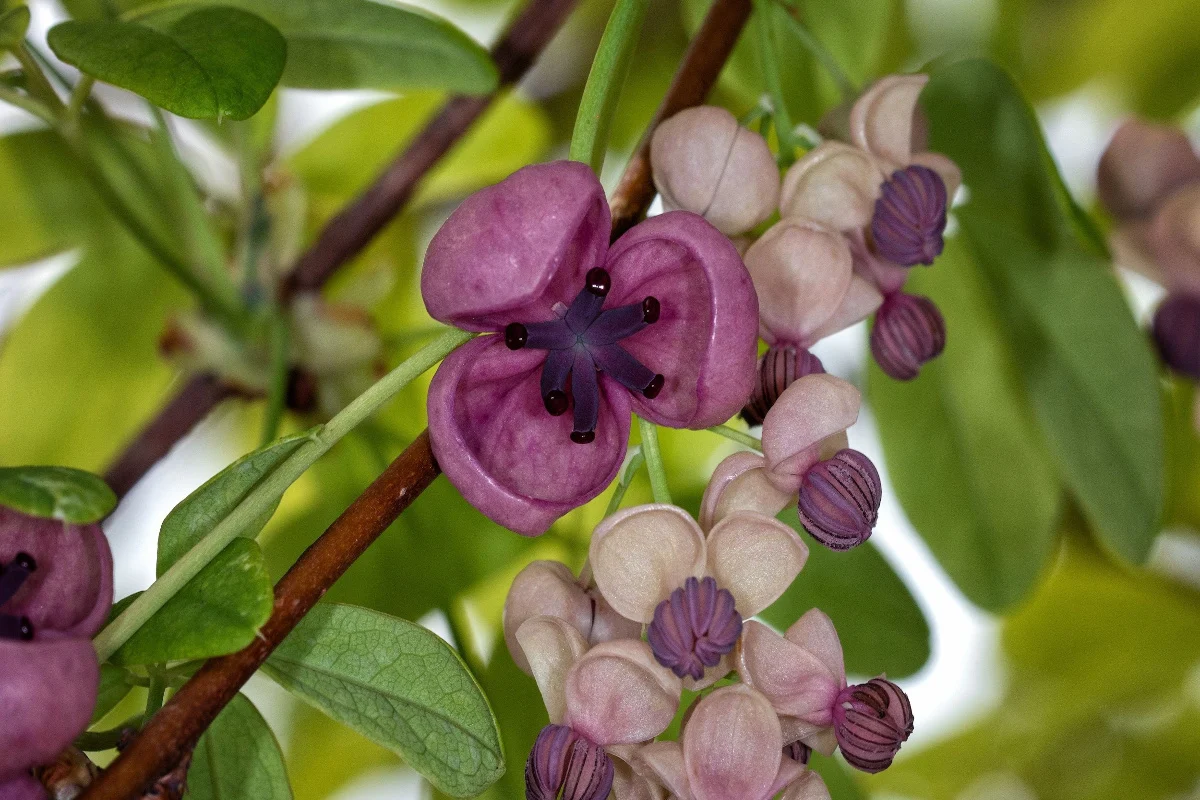
An interesting shade-loving vine that is native to both Asia and parts of North America with deep, glossy green leaves.
Chocolate Vine has a light chocolate scent that will have you dishing up your favorite chocolate ice cream when you are hanging out in the shade!
Vigorous vines reach 20 to 40 feet long in zones 5 to 9, Chocolate Vines are thirsty plants that can be aggressive to invasive in perfect conditions.
Purple-brown flowers bloom in spring that becomes edible fruit encased in pods in fall.
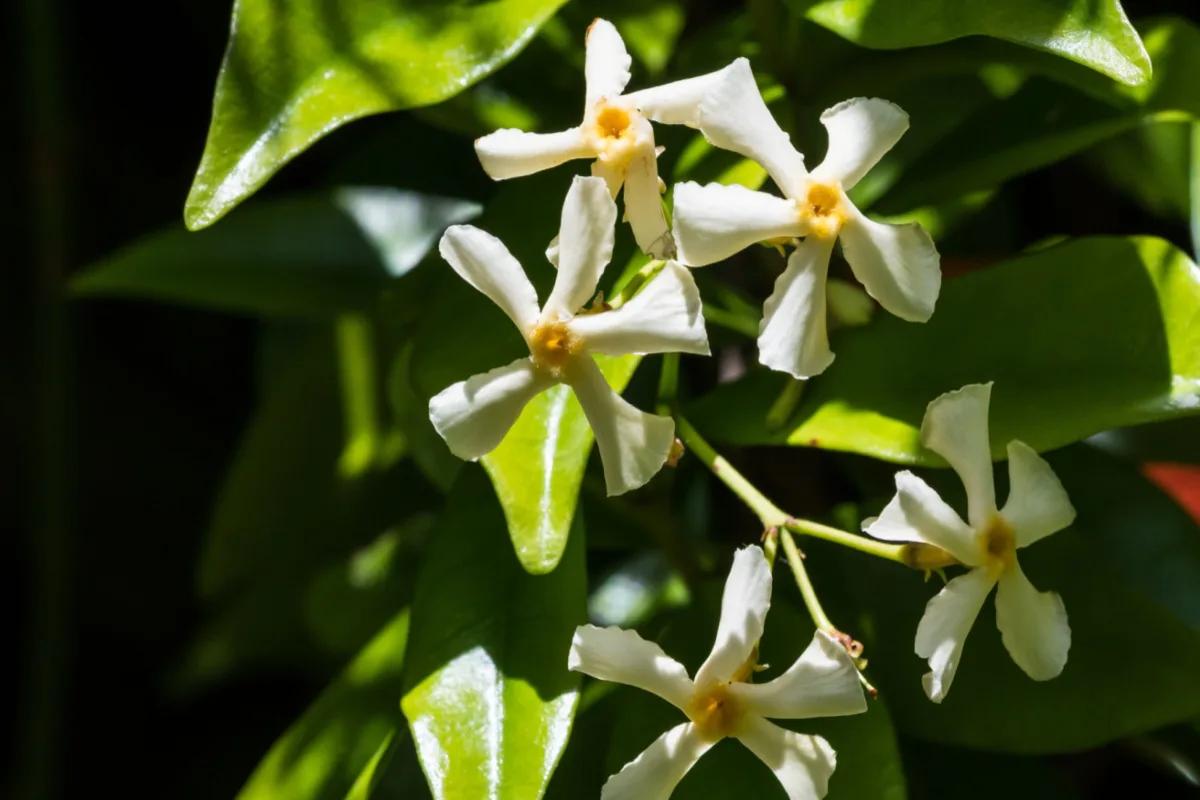
I’ll make myself a little jealous here talking about fragrant climbing plants that grow in zones 8 to 10.
Star Jasmine is not a true Jasmine (Jasminum sp.), although, it is fragrant and shade-loving.
Star Jasmine is a vigorous fragrant vine that thrives in the southern United States.
Blossoms arrive in spring through early summer, are white, star-shaped, unfurling in fragrance, and attractive to bees.
Star Jasmine vines love to grow upwards. They will form a solid groundcover in the absence of upward supports.
Star Jasmine vines reach 6 feet tall and wide.





